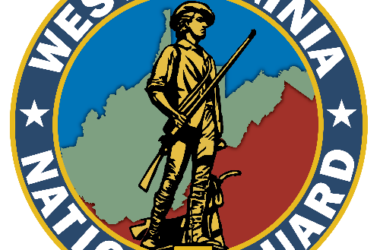
I was 11 years old on the November Friday when President Kennedy was assassinated in Dallas. Does anyone else remember what Jackie Kennedy was wearing that day?
A pink suit. Not an important detail at first glance, except that this designer suit bore the bloodstains left behind after the wounded president collapsed into his wife’s lap. When Mrs. Kennedy refused to change her clothes until she returned to the White House the following morning, the suit took its place among America’s most tragic symbols. I remember the picture of Mrs. Kennedy still wearing the suit as she stood with Bobby Kennedy, her hand in his, behind the hearse bearing her dead husband.
(Note: For me to know the color of Mrs. Kennedy’s suit, I needed a reporter to tell me. The newspaper and television coverage in my home was black and white.)
Details.
More importantly, telling details. Details that give us insight into a character, a situation, an issue. Details that enable storytellers to elevate their work into sources of meaning for those who experience them.
For several months I’ve been collecting stories from journalists who responded to my invitation to send me good stories they completed in one day. I will share a few of them today that make use of telling detail…




